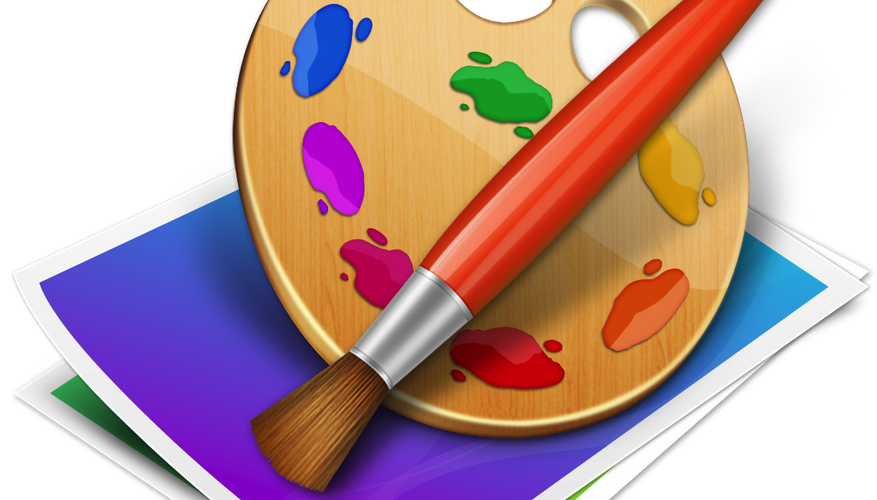DPI refers to Dots per Inch. This is a measure of how densely individual drops of ink will be printed on an image when it is printed from a computer. Increasing the DPI of an image makes the image sharper when it is printed, avoiding the “blocky” pixelated look of images with a low DPI. Users can easily increase the DPI of an image in image editing programs such as Microsoft Paint, which comes as standard with all Windows operating systems.
Open the Microsoft Paint program on your computer. Click on the start menu and you should see the Paint icon listed in listed on the left-hand side. Users with Windows 8 can find it by dragging the cursor to either the bottom left or bottom right hand corner of the start screen. This will bring up the “Charms” bar. Paint is listed under the “Apps” menu. You can also find Paint by typing “Paint” in the search box on the start menu or start screen (Windows 8).
- DPI refers to Dots per Inch.
- You can also find Paint by typing “Paint” in the search box on the start menu or start screen (Windows 8).
Click on “File” in the top toolbar and select “Open” from the dropdown menu. Navigate to the image file that you wish to work with. Highlight it and click “Open.”
Click on the “Image” tab on the main taskbar. Select “Image Size” from the dropdown menu.
- Click on “File” in the top toolbar and select “Open” from the dropdown menu.
- Select “Image Size” from the dropdown menu.
Enter “300” into the DPI dialogue box on the subsequent menu. This menu also allows you to alter the dimensions of the image -- the height and width -- if you wish. Be aware that changing the dimensions may automatically update the DIP, so you may need to re-enter “300” after altering the height and width. Click “OK.”
Go back to the “File” menu in the top toolbar and select “Save As.” Choose a file name that reminds you that this is the file with the DPI at 300, as opposed to the original image. Choose a file type. Microsoft Paint can save images as either a jpeg, bmp, pdf or png file. Jpeg and pdf files are the most commonly used for printing purposes.
- Go back to the “File” menu in the top toolbar and select “Save As.” Choose a file name that reminds you that this is the file with the DPI at 300, as opposed to the original image.
Print your image. You can do this at home, but you may wish to use a retail printing company to get the best quality. Simply save your file to a memory stick and take to the printer.
TIP
Setting the DPI to 300 is recommended for professional quality printing.
WARNING
You can set the DPI as high as 600, but this may cause the image to lose sharpness as ink dots begin to overlay each other on the page.
